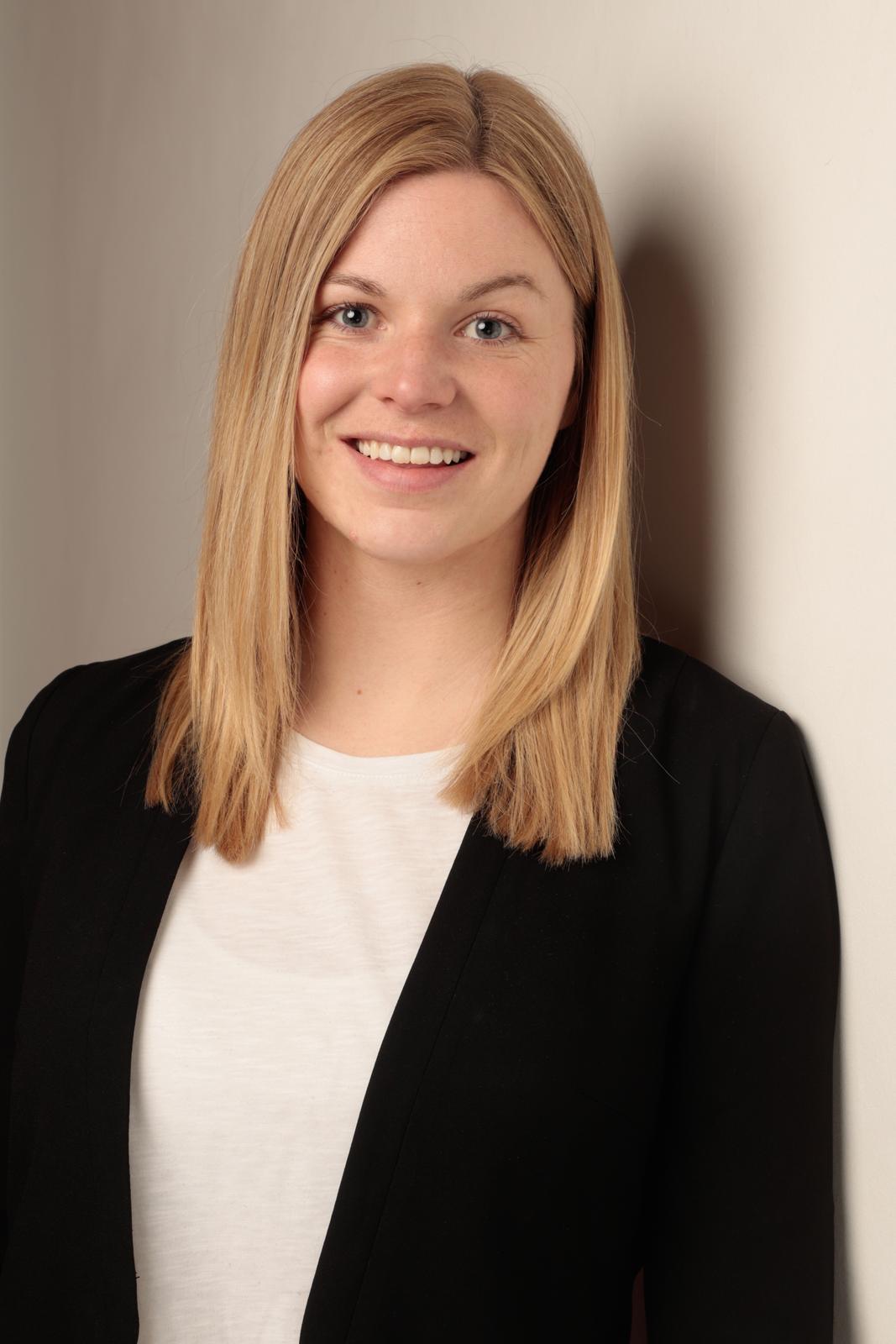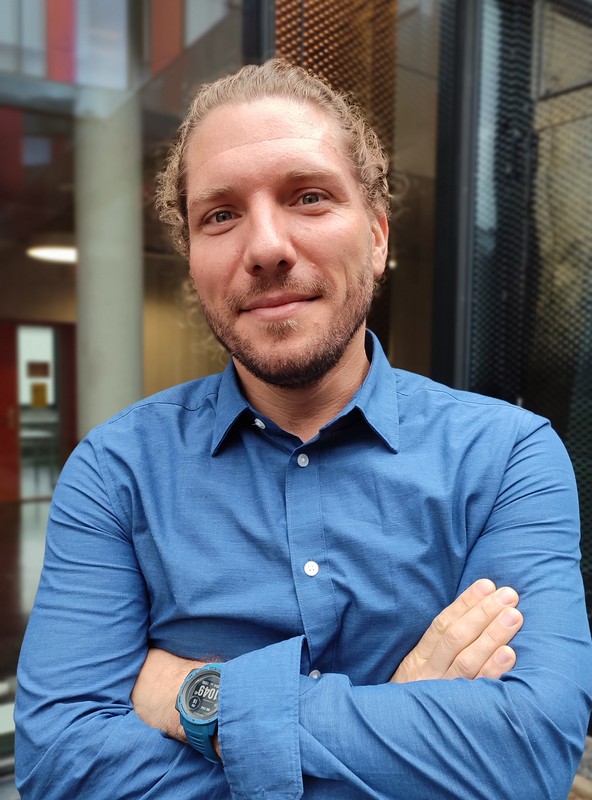Interview: Human Remains and Essentialist Assumptions
ed note: as part of a new initiative examining how theory gets made, we are featuring interviews with recent Anthropological Theory authors, inquiring into their writing and thinking process. This interview, with Jonatan Kurzwelly (University of Göttingen, Germany and University of the Free State) and Malin S Wilckens ( Leibniz-Institute for European History) about their article “Calcified identities: Persisting essentialism in academic collections of human remains” (2023), is the fourth of these interviews. See here for others.


- (Background) Could you say a bit about your own trajectory, and research interests?
Jonatan Kurzwelly:
When asked about “trajectory” it is a common response amongst scholars to explain how their personal life led them to their research projects. At times this is also used to give credence and legitimacy (an ad hominem of sorts). I am unsure to what extent it is my personal life that drove me to my research topics, and to what extent it is those topics that lead me to a specific retrospective narrative about my life.
I was born in Germany and grew up in Poland, in the early post-transition years. I often felt and was treated as a stranger amidst an environment of strong nationalism, flag waving and heroic (and at times hateful) patriotic songs. Neither the label of “Polish” nor that of “German” felt comfortable. With time I concluded that I have two citizenships but no nationality – my way of distinguishing between civic rights and obligations and identity. Whenever given the option (as often, unfortunately one is forced into a box), I distance myself from and reject national, ethnic, racial or other such social identity categories. And in relation to our article in Anthropological Theory, I also would prefer for no one to ascribe such categories to my mortal remains after my death. “He liked hummus and hiking” sounds to me like a much more appealing gravestone inscription than “German” or “Pole”. This personal unease with national and other group identities relates to my academic interest in identities.
I conceptualise social identities as imaginary symbolic “anchors” that aid the illusion of a personal unity, the illusion of being a continuous and persistent person across time and context (see Kurzwelly 2018). Those very elaborate illusions regulate much of today’s world. My particular interest is in the tenacity which identity thinking has for leading to division, discrimination, and violence.
Malin S Wilckens:
History and politics were always the subjects at school that interested me the most. That’s why I ended up studying both of them. In my master’s degree, I chose history because I felt that it would help me understand the world a little better. In my doctoral project, I took an in-depth look at race and racism in science in the long 19th century, focusing on researchers’ practices and materiality. Thus, I came to engage with the discipline of anthropology from a historical perspective. Questions about essentialist attributions and differences play a central role. In addition to historical racism and the history of knowledge and science, my research also focuses on theoretical and methodological approaches, such as practice theory or global history.
- (Backstage) What drove you to write this specific article?
Jonatan Kurzwelly:
A couple of years before writing this text, I co-edited a special journal issue on “ethnographic encounters with essentialism” (see Kurzwelly, Rapport and Spiegel 2020). Later, when applying for a post-doctoral position in a research project that planned to examine and lead to restitutions of human remains from the University of Göttingen’s collections, it was immediately apparent that many essentialist identitarian assumptions underlay this and other such projects. Later, when I heard an excellent invited seminar talk given by Malin Wickens about Blumenbach, I reached, and we started writing this text together.
Malin S Wilckens:
When I gave a talk in Göttingen, I met Jonatan Kurzwelly. We quickly realised that our research complemented each other wonderfully. I read Jonatan’s excellent theoretical exposition of essentialism. Through research on comparative anatomists and skull collectors such as Johann Friedrich Blumenbach, Samuel George Morton, and Paul Broca (Wilckens 2022), I gained deep insight into how essentialist ascriptions were produced. Dealing with human remains requires an interdisciplinary approach. The historical source work and theoretical conceptions created productive and interesting questions we aimed to answer in this article.
- (Contribution) In brief, in which set of theoretical discussions the article engages and what is the article’s contribution to those debates?
Jonatan Kurzwelly:
This article exposes the problematic essentialist assumptions which underlay much of the discussions and practice of restitutions. In that sense, it contributes a potential for self-reflection for practitioners of the field, but also a broader reflection about essentialist and identitarian assumptions in contemporary biological anthropology, social sciences, and politics. It connects to questions about the difficulty of reparative justice of decolonial activism and identity politics (see Kurzwelly 2023).
Malin S Wilckens:
As a complement, I can add that the temporal dialogue, by looking at past and present practices in dealing with human remains, was able to show the stability and simultaneous change of essentialist practices. Moreover, this article contributes to critical race theory through a broadened lens of essentialist practices.
- Why does theory matter (to you and/or in a broad sense)?
Jonatan Kurzwelly:
In this case, “theory” allowed us to shed light on unreflected assumptions underlying a set of scholarly and political practices. It complicates the moral assessment of such practices and warns about potential dangerous consequences of legitimising and perpetuating essentialist thinking.
Malin S Wilckens:
In this case, the theory also enabled a meaningful linkage of two academic disciplines (history and anthropology) and of past and present and generated new productive insights. By looking at the past, it was possible to identify differences in how human remains are dealt with today, but also very similar mechanisms.